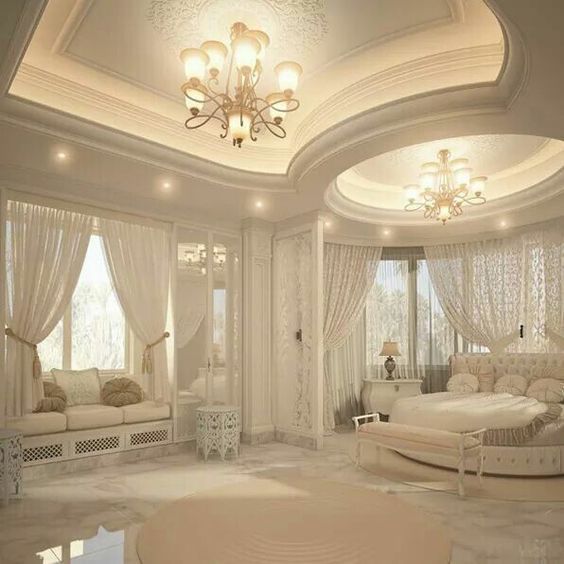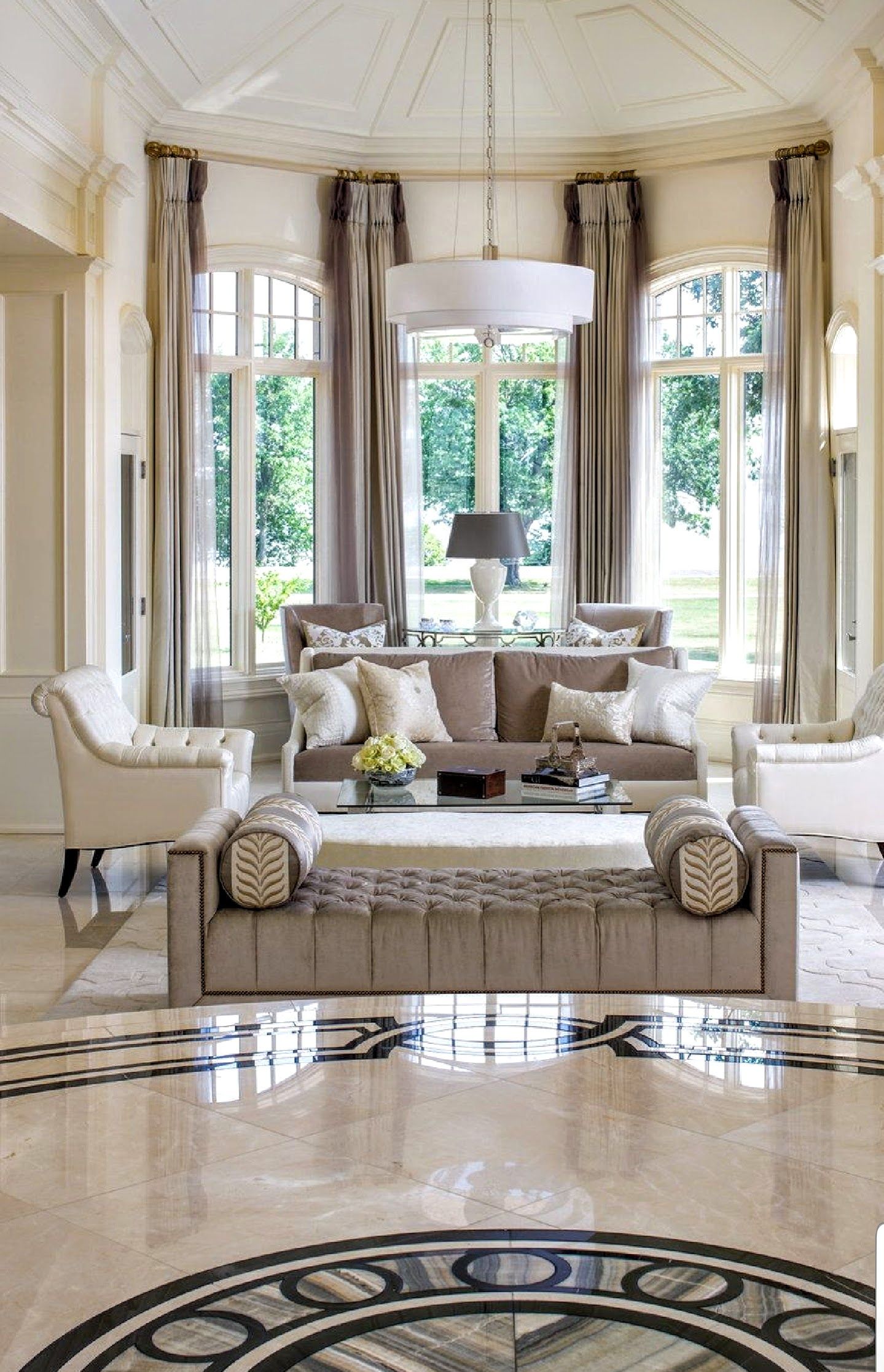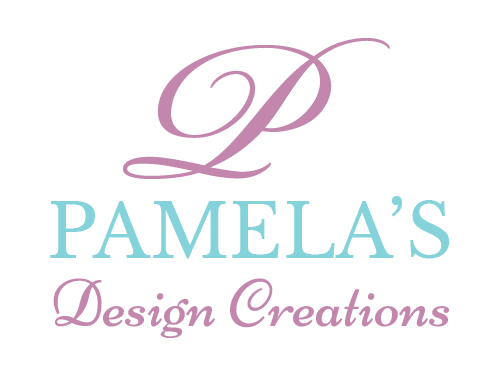In the realm of interior design, focal points play a vital role in captivating the eye and creating a sense of balance and harmony within a space. They serve as the centerpieces of a room, drawing attention and adding visual interest. Whether you want to highlight a specific architectural feature or enhance the aesthetics of your home sanctuary, creating captivating focal points can truly elevate the overall design.
One effective way to create a focal point is by highlighting a statement piece of furniture or artwork. This piece should be visually striking and have a unique quality that immediately captures attention. Consider incorporating color, texture, or shape elements that contrast with the rest of the room, creating a visual impact that is hard to ignore. A bold, colorful painting can inject a sense of vibrancy and personality into a space, while a sculptural piece of furniture can add an artistic flair and become a conversation starter. On the other hand, an intricate lighting fixture can serve as both a functional and decorative element, illuminating the space and creating an enchanting ambiance. Placing this standout item at the center of a room or in a prominent position can instantly anchor the space and become the focal point that draws everyone's gaze.
Another approach to generating focal points is through the use of architectural elements. If your home has a stunning fireplace, an elegant staircase, or a grand window, why not make the most of these features? Accentuate their beauty by incorporating complementary furniture arrangements, such as placing a cozy seating area around the fireplace or adorning the staircase with captivating artwork. Consider using materials like stone or wood to enhance the architectural focal point further, creating a harmonious connection between the element and its surroundings. By embracing the natural beauty of the architecture, you can create a focal point that captures attention and celebrates your space's unique character.
If you want to create a focal point without relying solely on furniture or architectural features, consider incorporating unique design elements such as an accent wall. You can instantly create a visually striking backdrop that demands attention by painting or wallpapering one wall with distinct pattern or color. This can be further enhanced by placing art or decorative objects that complement the accent wall, drawing attention to its prominence. Experiment with different textures and materials, such as exposed brick, reclaimed wood, or bold geometric patterns, to add depth and visual interest to the focal point. Remember to choose a color or pattern that harmonizes with the room's overall color palette, allowing the accent wall to integrate into the space seamlessly.
Lighting also plays a vital role in enhancing focal points. Using strategic lighting techniques, you can create a spotlight effect, directing focus toward a specific area in the room. This can be achieved through the use of track lighting, recessed lighting, or even decorative lamps. Experimenting with different lighting options can bring out the best in your focal points and add an extra layer of allure. Consider using adjustable lighting fixtures that allow you to control the direction and intensity of the light, allowing you to highlight different aspects of your focal point depending on the desired effect. For example, angling a spotlight towards an artwork can create a dramatic effect, while diffused lighting can create a soft and inviting atmosphere around a statement piece of furniture.
Remember, creating captivating focal points is about attracting attention and achieving balance within a space. It's important to consider the scale and proportion of the focal point in relation to the rest of the room. A focal point that is too overwhelming or overshadowing can disrupt the overall harmony, while one that is too small or insignificant may not have the desired impact. Consider the dimensions of the space and the surrounding elements when choosing or creating your focal point. Striking the right balance is key to creating a focal point that captivates and harmonizes with the other design elements in the room.
In addition to visual elements, sound can also be utilized to create captivating focal points. Consider incorporating a mesmerizing water feature, such as a fountain or a flowing wall, that adds a sense of tranquility and becomes a focal point in the room. The soothing sound of water can create a relaxing ambiance and draw attention to its source. Similarly, music can be incorporated into a space by strategically placing high-quality speakers that blend seamlessly with the overall aesthetic. You can truly transport yourself into an enchanting environment by surrounding yourself with captivating sounds.
Another aspect to consider when creating focal points is the concept of sensory experience. By engaging multiple senses, you can heighten the impact of a focal point. For example, if you have a visually striking fi replace, consider adding a cozy seating area with plush pillows and soft blankets that invite people to touch and feel the warmth. Incorporating scented candles or diff users near a focal point can add an aromatic element, creating a multi-sensory experience that enhances the overall appeal. By paying attention to these sensory details, you can create focal points that captivate the eye and engage the other senses,
leaving a lasting impression on anyone who enters the space.
In conclusion, creating captivating focal points in your home can truly transform the ambiance and make a lasting impression on those who enter. Whether you choose to emphasize furniture, artwork, architecture, unique design elements, or even incorporate sound and sensory experiences, remember to let your personal style and creativity shine through. Consider the overall theme or mood you want to convey in the space and select focal points that align with that vision. Embrace the opportunity to experiment with different elements and combinations, and don't be afraid to think outside the box. So go ahead, unleash your creativity, and create a stunning focal point that becomes the heart and soul of your home sanctuary.








